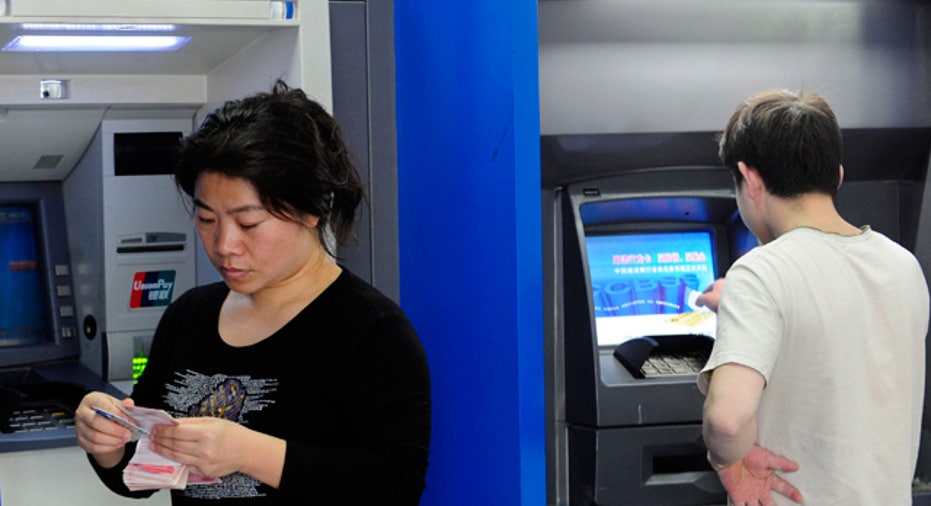Consumers Socked With Higher Overdraft Fees

Bounced-check fees are packing a bigger punch than ever these days. Fortunately, like an aging boxer, they're slowing down a little bit, too, according to Bankrate's 2011 Checking Survey.
The average overdraft fee, known in the industry as a nonsufficient funds fee, set another record in 2011, rising to $30.83, up 1% from $30.47 last year. That keeps intact a streak of record-setting increases dating back to the first survey in 1998.
No one likes to see a record like that going up, but at least the rate of growth is slowing. In this year's study, the rate of increase lags significantly behind the Consumer Price Index, which rose at a clip of 3.6% in the year preceding the study, says Greg McBride, CFA, senior financial analyst at Bankrate.com.
Despite the increase in the average overdraft fees, banks likely won't be getting their hands on as much income through their overdraft programs as they have in the past, says Ajay Nagarkatte, managing director of Chicago-based BAI Research.
That's because of a Federal Reserve rule that went into effect last year, which now requires banks to seek a customer's opt-in before enrolling him or her in the "courtesy" overdraft protection for debit cards and ATM transactions that sometimes results in big fees, Nagarkatte says.
He says many banks are having trouble getting their customers to sign those opt-ins, either because customers don't feel it's a good deal, or they don't even bother to open bank communications because "the envelope is not deemed to have anything meaningful."
For consumers, the Fed rule has made it easier to avoid overdraft fees. McBride says if customers don't opt in to overdraft protection, their debit cards will be declined at the register rather than incur an overdraft fee. However, keep in mind that this won't save consumers from incurring big fees by bouncing checks because paper checks still operate under the old rules.
If you're not comfortable with the possibility of being declined at the register, many banks allow you to link your checking account to a savings account or line of credit, and they charge a lesser fee to draw money from those sources to cover a shortfall. Many banks also offer convenient, high-tech tools such as online and mobile account access, and email and text alerts, to help you keep tabs on your balance, McBride says.
The study's data come from surveying the five largest banks and five largest thrifts in 25 of the nation's biggest markets from Aug. 1-12, 2011. We asked those institutions about terms on one generic noninterest account and one interest-bearing account for the general consumer.